North American NA-64 Yale

Aircraft Details
- Serial Number: 64-2158
- RCAF Serial: 3409
- Crew: two (instructor and student)
- Length: 28 ft 4 in (8.64 m)
- Wingspan: 40 ft 1.4 in (12.228 m)
- Height: 8 ft 10.5 in (2.70 m)
- Wing area: 241.67 sq ft (22.42 m2)
- Empty weight: 3,324 lb (1,057 kg)
- Gross weight: 4,500 lb (2,040 kg)
- Max takeoff weight: 4,291 lb (1,946 kg) normal weight per NAA
- Fuel capacity: 104 gallons/394L including 16.5 US gallon/2.45L reserve tank
- Oil capacity 9.5 US gallon/36
- Powerplant: 1 × Wright R-975-E3 Whirlwind radial engine 420 hp (310 kW)
- Maximum speed -166mph
- Cruising speed: 146mph
- Range: 730miles
- Service ceiling: 17,500 ft
Aircraft Description
NA 64 Yales were built by North American Aviation in 1940. They were an updated version of the NA 57, with a semi-monocoque aluminum structure and a broader chord tail plane, Similar in appearance to the Harvard, they had a fixed landing gear and a less powerful engine.
At the beginning of the second world war, France ordered 230 Yales to be used as training aircraft. The first batch of 111 aircraft reached France and were immediately put into service. The second batch of 119 aircraft were still in North America when France surrendered to Germany. The German Airforce seized the 111 aircraft and quickly put them into service as trainers. The Yale thus became the only American built training aircraft to be used by both sides during the war.
The British, needing training aircraft, took over the order for the remaining 119 aircraft and turned them over to the RCAF for use in the British Commonwealth Air Training Plan (BCATP) . The Yales were quickly put into service as intermediate flying trainers to be used between elementary and advanced flying training. They initially served at various Service Flying Training Schools ( #1 SFTS Camp Borden, #2 SFTS Uplands (Ottawa), #6 SFTS Dunnville Ont., and #14 SFTS Aylmer Ont.)
By October 1943, the RCAF realized that by adding flying hours to both primary and advanced flight training, the intermediate category was no longer needed. At this time the Yales were withdrawn from the pilot training role. The Yales now entered their second career in the training plan. All the flying instruments were removed from the rear cockpit and radio equipment was now installed. The aircraft were now assigned to fly wireless trainees on their training exercises. The aircraft were now flown by experienced staff pilots which resulted in an improved safety record. The Yales served at the four wireless schools (#1 WS Winnipeg, #2 WS Calgary, #3 WS Montreal, #4 WS Guelph) until the end of the war.
The Yales along with other obsolete aircraft were now put up for sale as War Assets. Many of these aircraft were bought for their tires or the fuel in their tanks. Most were scrapped for their metal.




The Museum’s Yale RCAF 3409 / 64-2158
The Yale at the museum,(RCAF 3409, construction number 64-2158) is one of a batch of 39 surplus Yale aircraft that were purchased after the war by Tillsonburg Ont. farmer Ernie Simmons. Mr. Simmons was convinced the war was not over and he could sell the aircraft back to the government at a profit. The aircraft sat on his farm from 1946 until his death in 1970. At this time his collection was put up for auction. Many were bought for scrap, many were purchased by aviation enthusiasts. All of the surviving Yale aircraft today came from Mr. Simmons’ farm.
Our Yale, 3409 served at #1 SFTS Camp Borden as a pilot trainer and at #4 Wireless School Guelph as a wireless trainer. In this role it flew from the airfield at #9 EFTS ST. Catharines Ont. Over the course of its service life it had three minor Category “C” mishaps and was quickly put back into service.
The museum gratefully thanks Michael Johnson and family of Spencerville Ont. for the donation of Yale 3409 to the collection.
